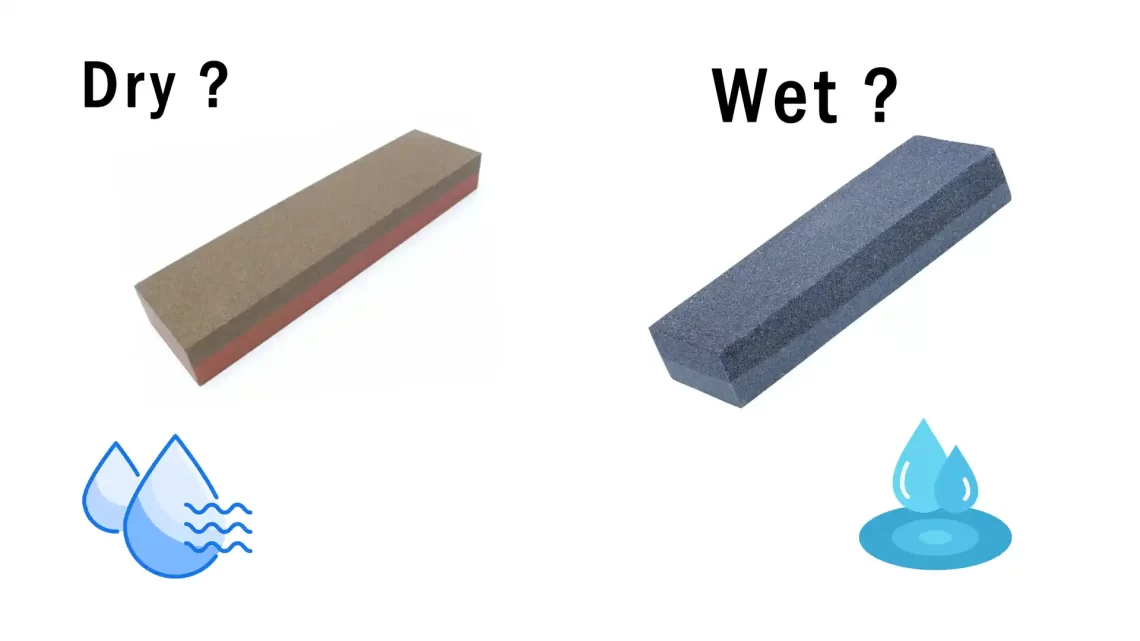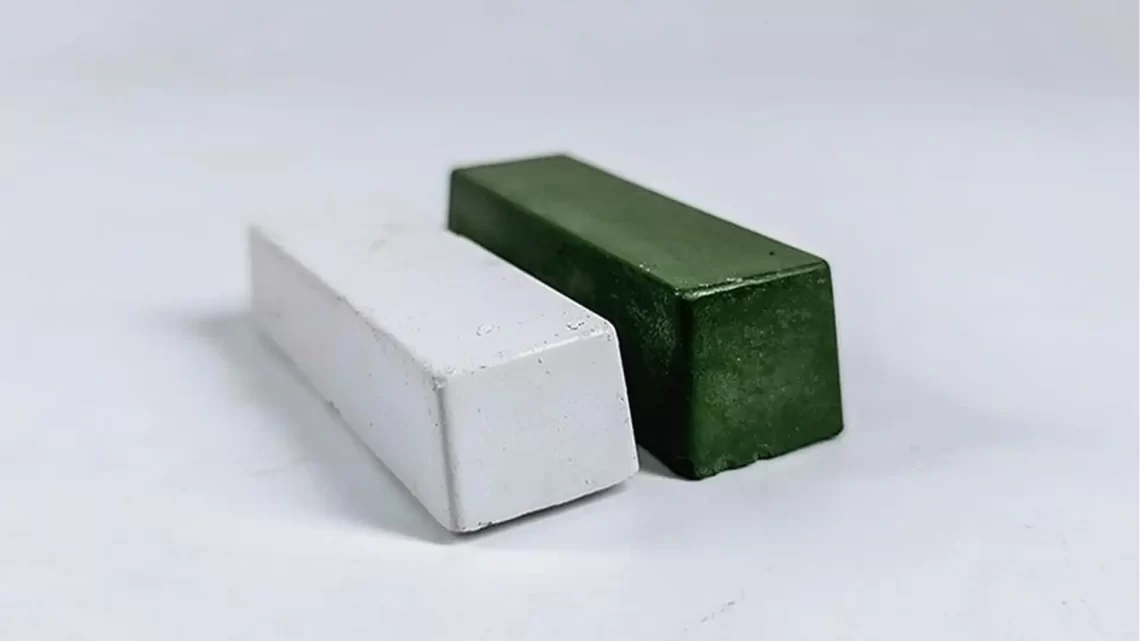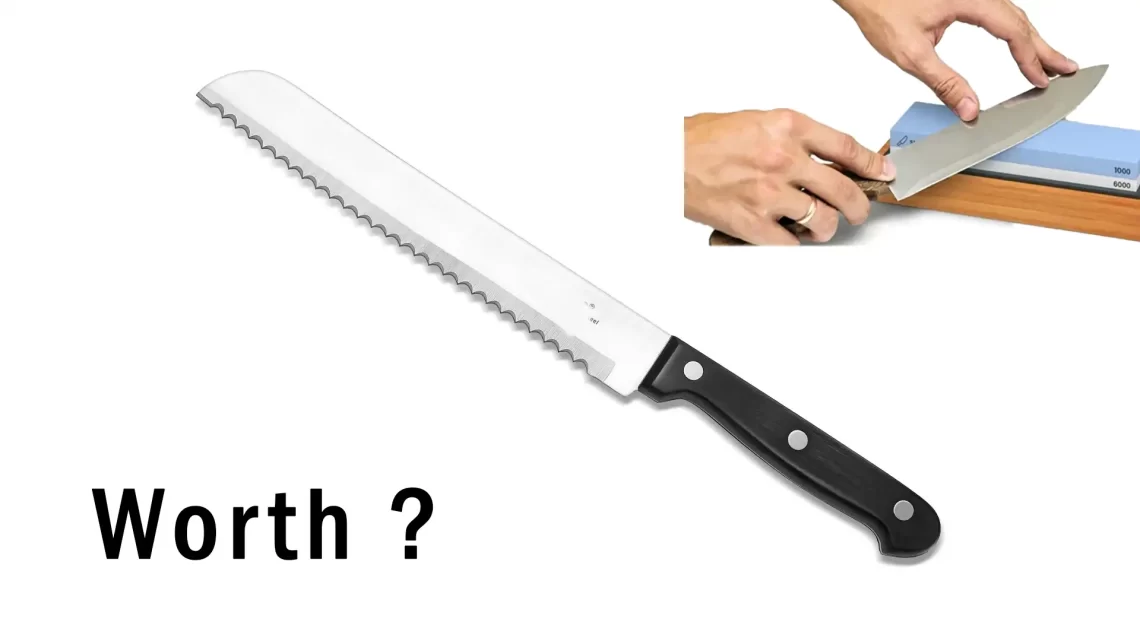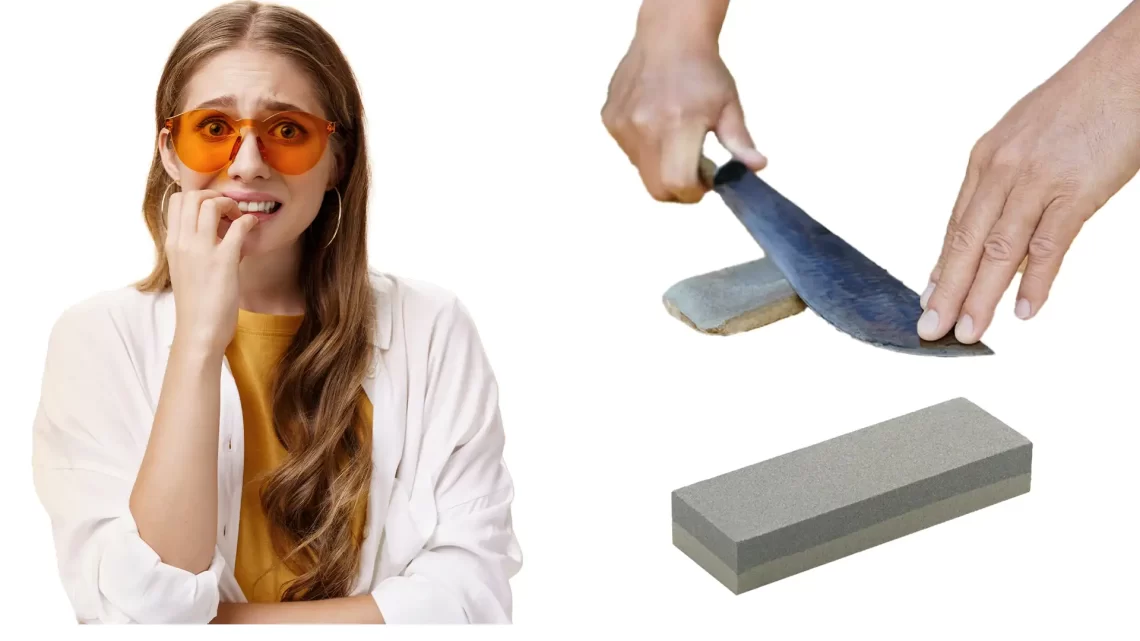The eternal debate: should you wet your sharpening stones or let them stay dry? It’s like choosing between pizza and tacos – both tasty, but which one’s better for your blades? Let’s dive in and find out.
The Wet vs. Dry Showdown
So, here’s the deal: some folks swear by wet sharpening, claiming it’s like adding rocket fuel to your sharpening game. They say water or oil helps whisk away the gunk, keeping your stones clean and cutting like a dream. But then there are the rebels, the ones who say dry sharpening is the way to go. They’re all about saving time and skipping the mess.
But you know what? Enough talk. Let’s put these methods to the test and see which one comes out on top.
The Big Experiment
Alright, buckle up, folks. We’re diving into the nitty-gritty of sharpening stones. We grabbed a bunch of blades – some fancy, some not so much – and got to work. We took two stones of each type and grit and gave ’em a workout. One stone got the dry treatment, while the other got drenched in water or oil, depending on its type.
Oil Stones
First up, we had the oil stones – the Crystolon, India, and Arkansas. We lubed ’em up with some honing oil and got to sharpening. And let me tell you, the difference was like night and day. The dry stones? They struggled, getting all clogged up with gunk. But the ones we used with oil? They stayed sharp as a tack, no cleaning needed.
Diamond Stones
Next on the chopping block were the diamond stones – both continuous surface and interrupted surface. We kept one wet and the other dry, and boy, could you tell the difference. The wet stones breezed through the test, while the dry ones slowed down faster than a snail on a lazy Sunday.
Waterstones
Lastly, we had the Waterstones – the 220 and 4000 grit ones. Now, these were a bit of a surprise. The 220 grit didn’t seem to care whether it was wet or dry; it cut just the same. But the 4000 grit? Oh boy, did it love the water. The dry stone was practically useless by the end, while the wet one kept on truckin’ like a champ.
The Verdict
So, what did we learn from all this sharpening shenanigans? Well, it’s pretty clear: wet sharpening is the way to go. The wet stones outperformed the dry ones every time, except for that one pesky 220 grit Waterstone. And not only did they cut better, but they also cleaned up easier too.
In a nutshell, using water or oil with your sharpening stones is a no-brainer. It’s like giving your blades a spa day – they come out looking sharper and feeling fresher than ever. So next time you’re at the sharpening bench, don’t forget to grab your trusty bottle of water or oil. Your blades will thank you for it.




